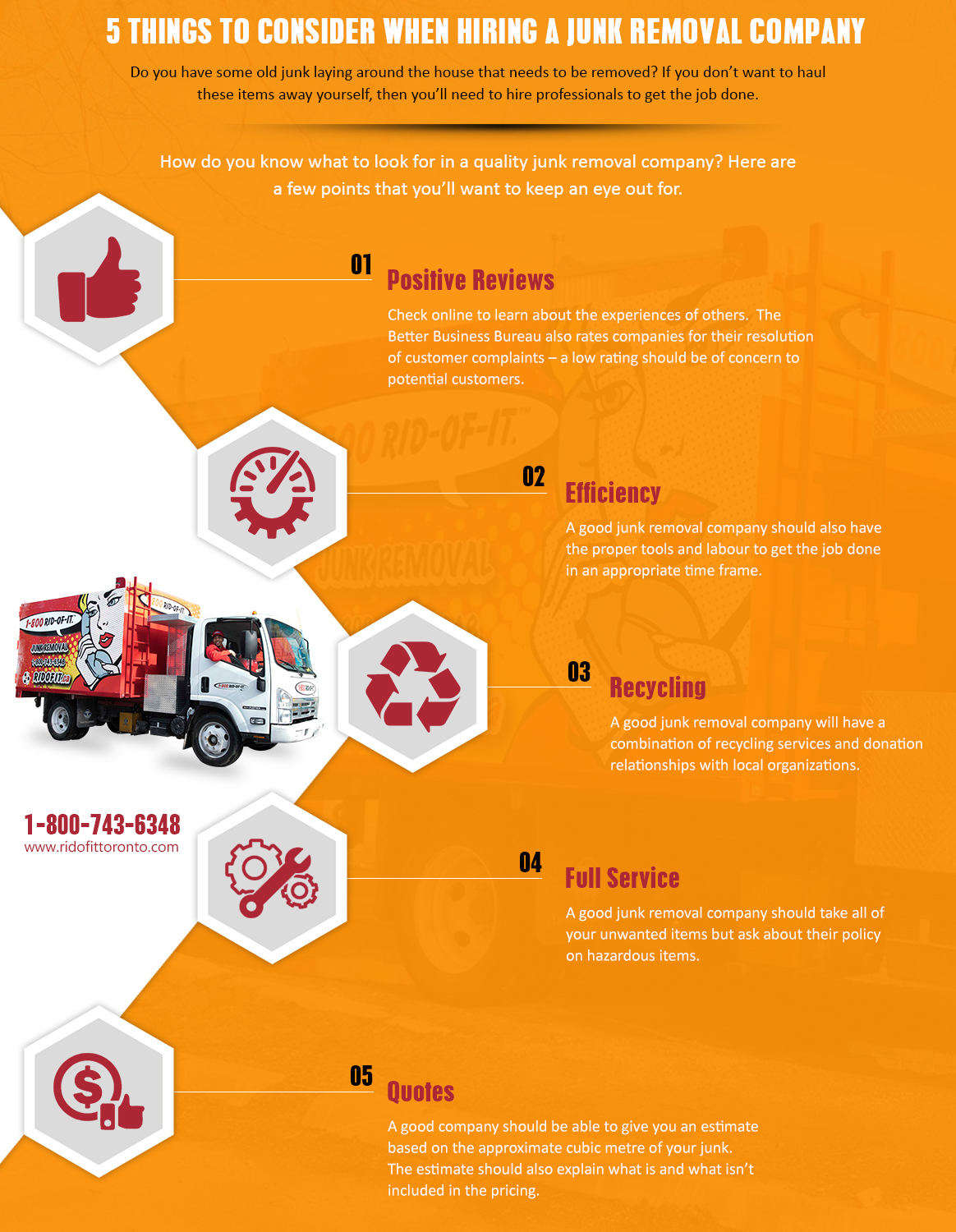How To Pick The Right Dumpster Dimension For Your Task: A Comprehensive Guide
How To Pick The Right Dumpster Dimension For Your Task: A Comprehensive Guide
Blog Article
Write- dumpster rental arlington Created By-Hahn Rodgers
When embarking on a job that calls for a dumpster, the dimension you pick can greatly affect its efficiency and cost-effectiveness. Think of having the ideal container that accommodates all your waste without being excessively large or as well little. All of it beginnings with recognizing the nuances of your task and selecting a dumpster dimension that straightens with your specific requirements. So, before you choose, think about the elements at play to make sure a smooth waste management procedure throughout.
Aspects to Think about
When selecting the best dumpster dimension, there are a number of crucial aspects to take into consideration.
Initially, think about the kind of waste you'll be getting rid of. Different materials might call for differing amounts of area, so comprehending what you'll be putting in the dumpster is vital.
Next, evaluate the quantity of waste you expect to generate. If you underestimate the volume, you may need to make multiple journeys to throw away everything, which can be troublesome and pricey. On the other hand, leasing a dumpster that's also big can lead to unneeded costs.
Furthermore, take into consideration the space where the dumpster will be put. Ensure there's enough room for the dumpster to be delivered and grabbed without any obstructions.
Finally, think about any weight limitations that may use. Going beyond the weight restriction can cause added charges and even the refusal of service.
Dumpster Dimension Alternatives
For selecting the appropriate dumpster size, it's essential to have a good understanding of the readily available options. Dumpster dimensions commonly range from 10 to 40 cubic backyards, with variations in between.
A 10-yard dumpster is suitable for small jobs like a garage cleanout or a tiny improvement. If you're taking on a medium-sized task such as a cooking area remodel or a basement cleanout, a 20-yard dumpster could be the best choice.
For visit the next web page like a whole-house remodelling or industrial building and construction, a 30 or 40-yard dumpster could be better to suit the volume of waste generated.
When choosing a dumpster size, consider the quantity and sort of particles you anticipate to get rid of. It's far better to select a slightly bigger dimension if you're not sure to stop overfilling. Remember, it's more economical to lease a dumpster that fits your requirements rather than having to purchase an extra one.
Matching Size to Task
Efficiently matching the dumpster dimension to your job is vital for effective waste administration. To figure out the ideal size, take into consideration the scope and nature of your job.
For small house cleanouts or restorations, a 10-yard dumpster may be enough. These are typically 12 feet long and can hold about 4 pickup truck lots of waste.
For bigger projects like redesigning multiple spaces or cleaning out a big estate, a 20-yard dumpster may be better. These are around 22 feet long and can hold approximately 8 pickup truck lots.
If you're dealing with a major building and construction task or industrial improvement, a 30-yard dumpster could be the most effective fit. These dumpsters are about 22 feet long and can suit regarding 12 pickup truck tons of particles.
Matching the dumpster size to your task guarantees you have sufficient room for all waste materials without paying too much for extra ability.
Conclusion
To conclude, selecting the ideal dumpster dimension for your project is important for efficient waste disposal. By considering elements like the kind and amount of waste, room accessibility, weight constraints, and spending plan constraints, you can guarantee you have the appropriate dimension dumpster for your requirements. See to it to match the size of the dumpster to the scope and nature of your project to prevent overspending on unneeded costs.
